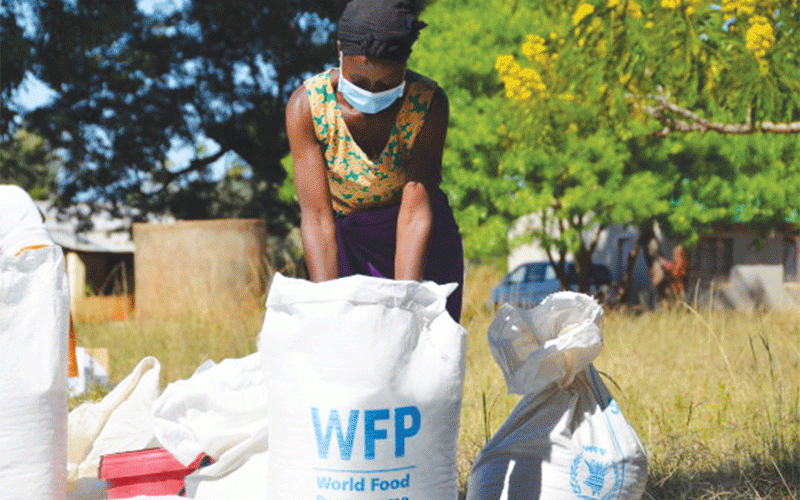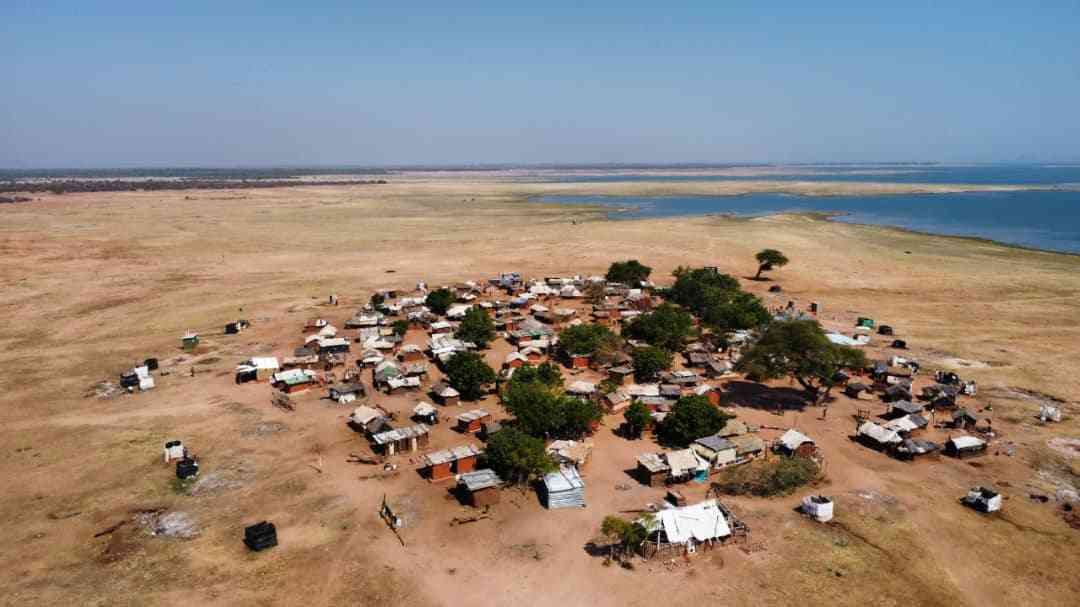
APPROXIMATELY 5,5 million Zimbabweans are food insecure as food reserves dwindle in homes, World Food Programme (WFP) has said.
In its Food Security and Markets Monitoring Report for March this year, WFP has estimated that the number of people facing insufficient food was 5,5 million during the first week of April.
WFP said the prevalence of insufficient food increased the most in Harare from 16% to 24%, Mashonaland West (27% to 41%) and Mashonaland Central (27% to 41%), some of the country’s biggest grain producing regions.
“According to WFP’s HungerMap LIVE monitoring platform, the number of people facing insufficient food consumption was estimated at 5,5 million during the first week of April up from 5,4 million during the first week of March and from 4,3 million reported at the end of January 2024,” the report read.
“Access to food on the markets, however, continues to be constrained by low incomes and high prices. Poor households are estimated to be having one to two meals daily, typically consisting of maize meal and vegetables.
“The green harvest of crops for consumption, including cereals and vegetables, typically in late February in a normal season, is unavailable due to the late planting dates and poor crop conditions in most areas.”
Zimbabwe has already declared an El Niño-induced drought which is currently ravaging the country. A state of disaster was declared by President Emmerson Mnangagwa in a bid to marshal resources and avert possible starvation.
Government is currently seeking more than US$2 billion (£1,6b) from well-wishers to tackle food shortages.
- Mbavara eyes to resurrect Matavire’s music legacy
- Zim exiles panic over SA permits
- Zim exiles panic over SA permits
- Social media platforms should act on hate speech
Keep Reading
WFP said consumption of seasonal wild produce such as fruits and vegetables was also below normal, the most conspicuous being the absence of Mopane worms (amacimbi/madora) in southern and western areas, an important source of income and protein for many households.
Meanwhile, WFP said the annual blended inflation rate rose from 47,6% in February to 55,3% in March 2024, while consumer prices rose by 4,9% month on month compared to 5,4% during the previous month.
It further indicated that the food poverty line in local currency terms increased by 62,2%, compared to February 2024 while the total consumption poverty line increased by 65,8%.
“In a bid to deal with the rising inflation and other monetary challenges faced by the country, the government introduced a structured currency, the Zimbabwe Gold (ZiG), replacing the Real Time Gross Settlement (RTGS).
“Unlike the RTGS which had lost about 80% of its value in 2024 alone, trading on the official market at ZWL$28 720 to US$1 by end of March 2024, the ZiG is backed by national gold and foreign currency reserves and will likely be more stable,” WFP noted.











